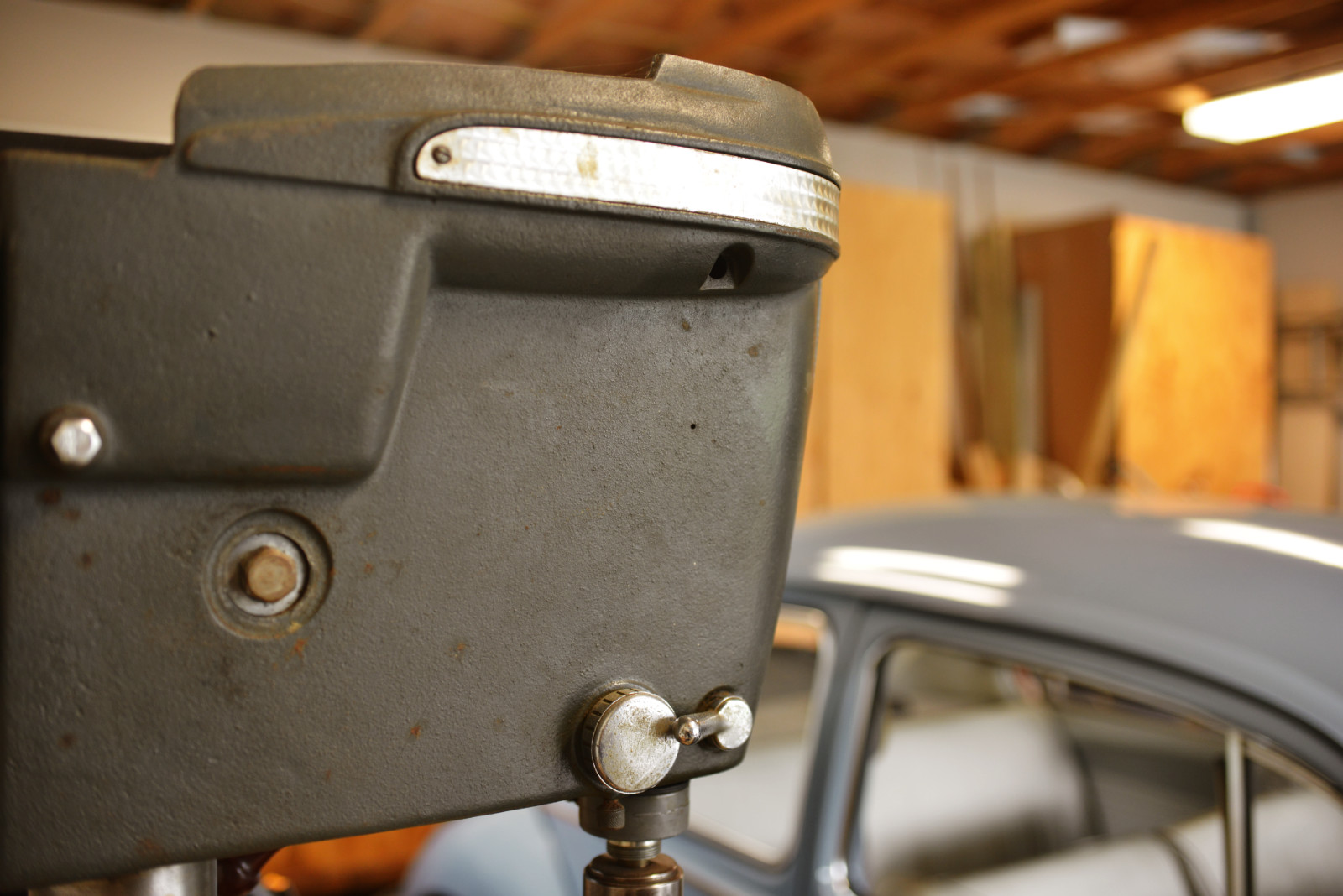When you look around your home, what items have remained the longest? Do you have furniture or tools handed down through your family? A record collection? Art? Cars? When you consider these items, what functions do they have? Do they still work, or are they broken?
Electronic gadgets are notorious for adding new features with every new iteration. They attempt to have more features than their competitors. But do you need those features? Do you use all of them? How about that five year old device. Do you still use it, or is there something newer and better that you use? What makes the newer version better? An infinite amount of software features may be neat, but then you have the challenge of finding and using that feature. For features from a physical or mechanical perspective, more features typically means more complicated hardware, requiring more complicated fabrication, more moving components and more opportunities for failure. What has made Apple products so desirable? It’s certainly not having the most buttons or the most flashing lights. Instead, they have engineered their products to everything they need, and nothing they don’t.
“Everything should be as simple as it can be, but not simpler”
– Albert Einstein
Making something as simple as possible isn’t about minimizing its usefulness or cost. It is to maximize the functionality of what it is designed to do. It is also to prevent degradation of functionality should something become damaged; a component cannot break if it does not exist. In practical terms, this idea can be summarized as the KISS principle. Keep it Simple Sillyhead (or other terms, your choice). When we are making something, we try to find the simplest solution that solves all of the goals we desire.
-
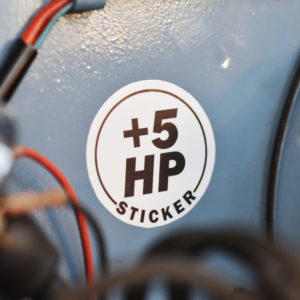 Plus 5HP Sticker
$1.95
Plus 5HP Sticker
$1.95
-
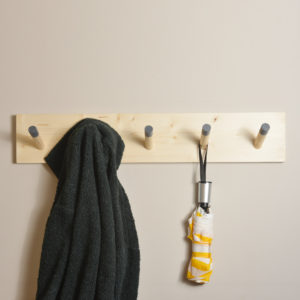 Wood Peg Coat Rack
$36.00 – $82.00
Wood Peg Coat Rack
$36.00 – $82.00
-
 Gearhead T-Shirt
$19.50 – $21.50
Gearhead T-Shirt
$19.50 – $21.50
-
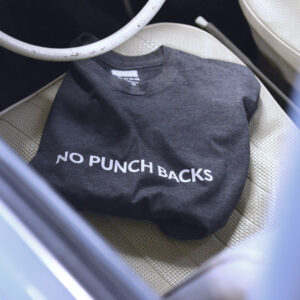 No Punch Backs T-Shirt
$19.50 – $21.50
No Punch Backs T-Shirt
$19.50 – $21.50
-
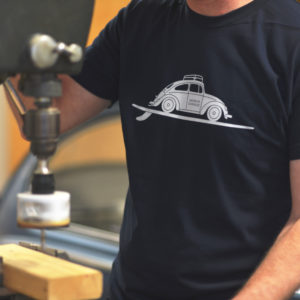 Surf Bug T-Shirt
$19.50 – $21.50
Surf Bug T-Shirt
$19.50 – $21.50

